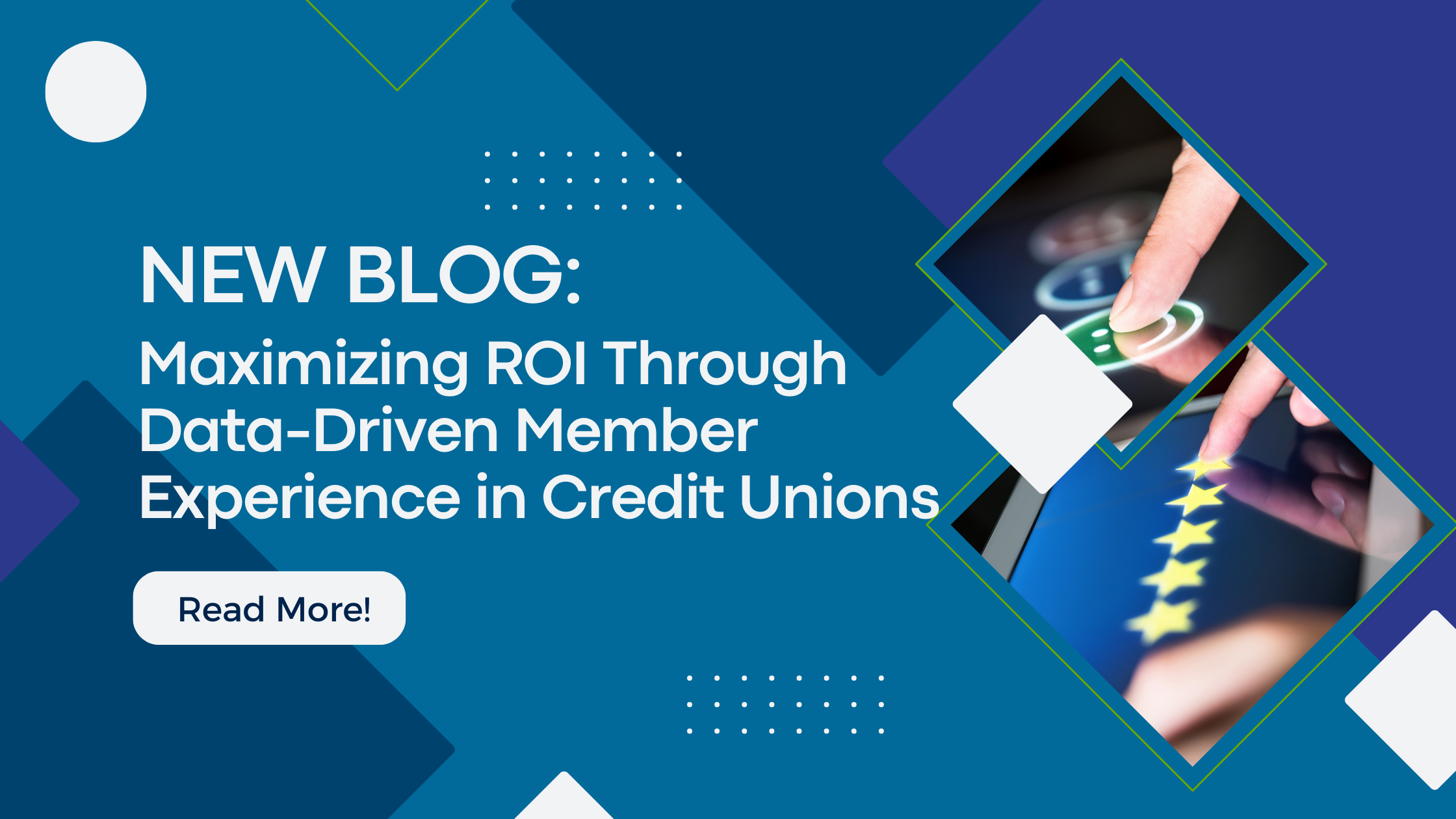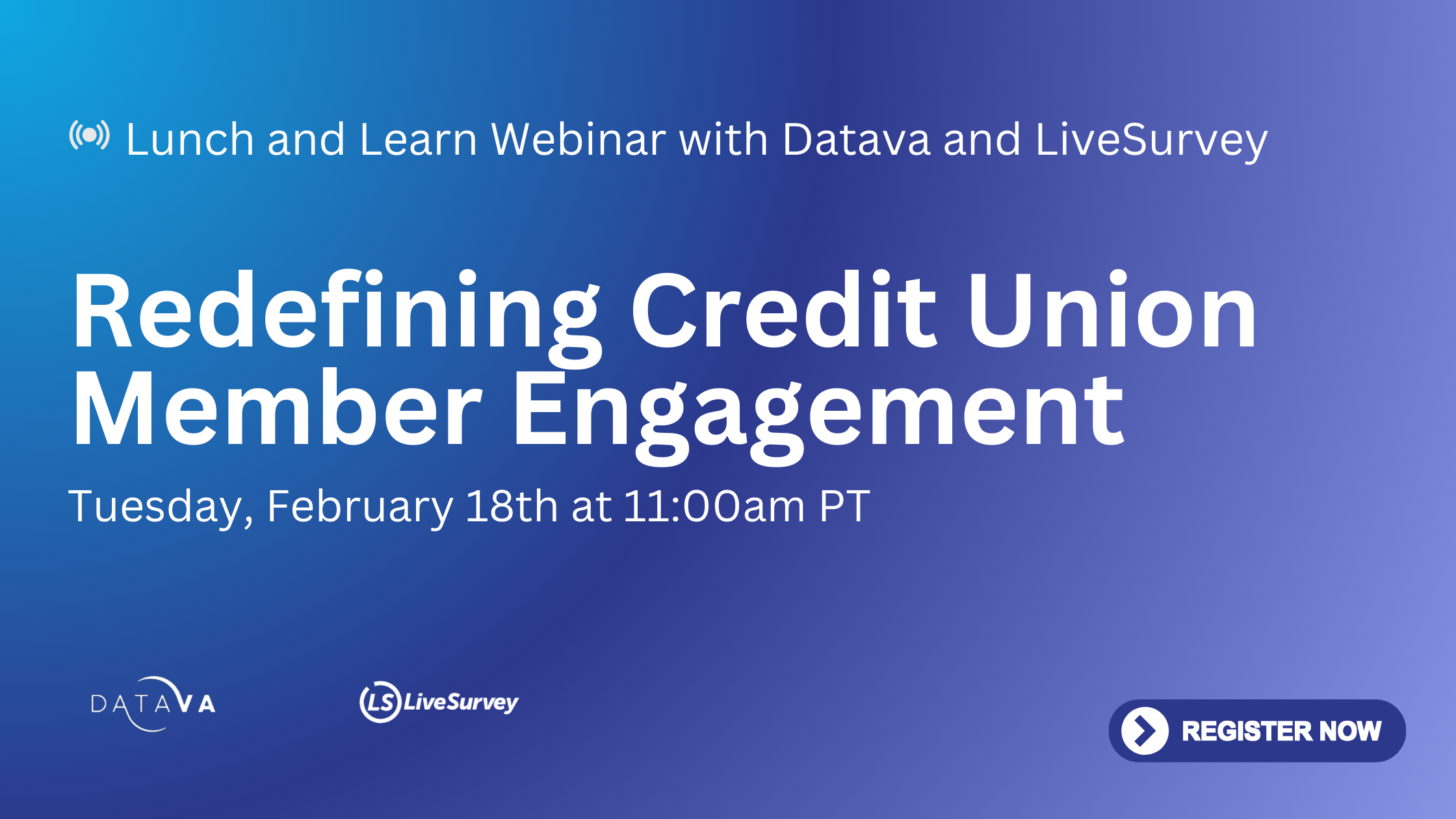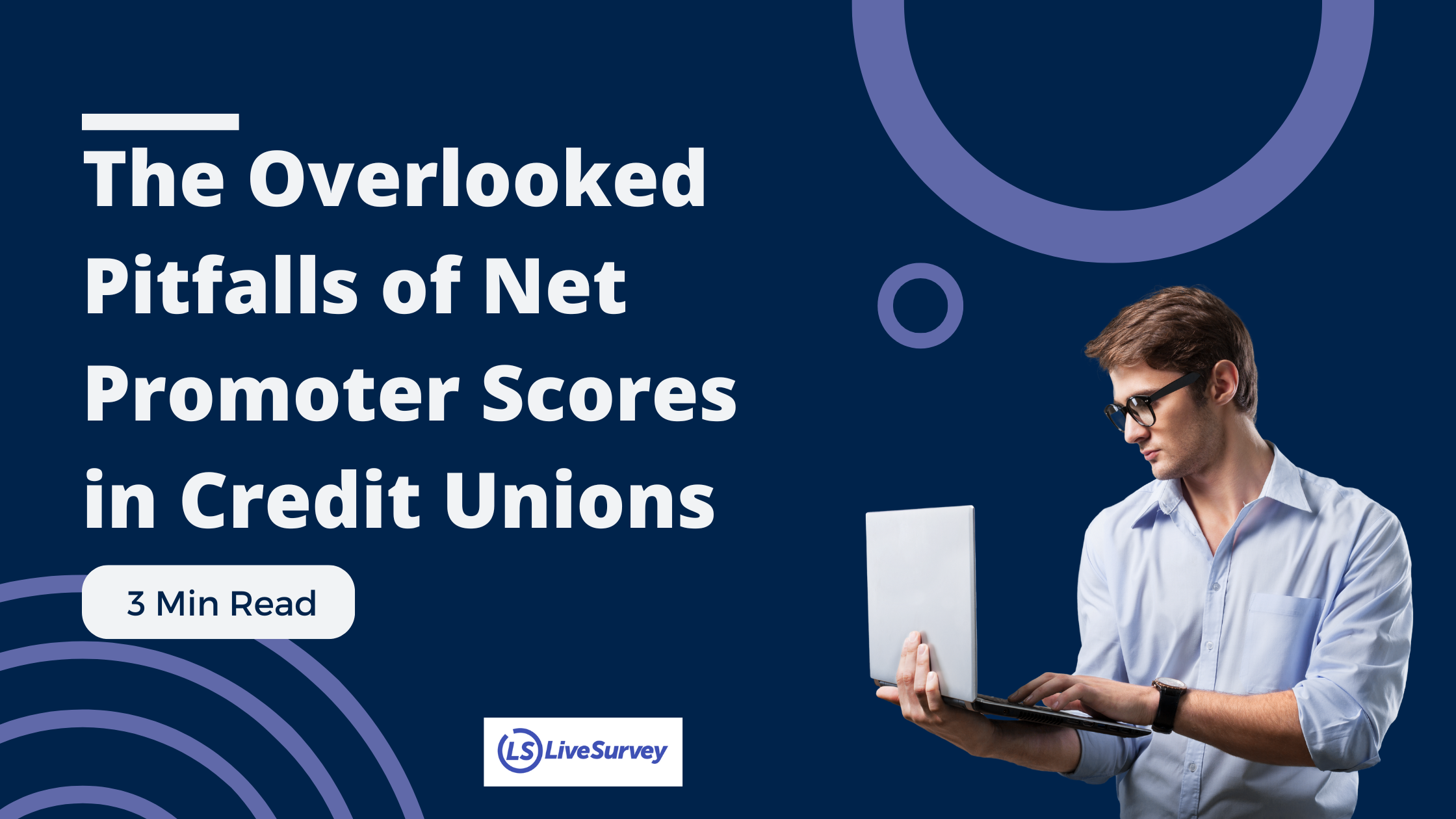The short version of this blog can almost be summed up like this:
If you don’t put an attribution question in your credit union’s transaction surveys, then you’re probably going to waste marketing money.
If you want to know what an attribution question is—or if you want to see why they’re so important—read on!
What Is an Attribution Question?
In marketing, an attribution question is any question that helps the marketing team understand why, where, how, or when something happened. And there’s one attribution question in particular that your marketing wants to know:
Where did you first hear about this product?
This one question tells a marketer so much of what they need to know about their efforts. And unfortunately, it’s not an easy question to answer without hearing it directly from the consumer.
Without getting too deep into the weeds, the reality is that attribution modeling is (currently) inaccurate. Marketers have a hard time tracking people before they’ve visited their organization’s website—or before they’ve handed over their contact information.
Because of this, marketers must track leads only after they’ve already shown interest in and engaged with the product. And popular platforms like Google and Facebook offer misleading attribution statistics (off by as much as 900%), or worse…
They provide only last-click attribution, meaning that whichever piece of collateral the lead clicked last gets all the credit. But that ignores the contributions of any other content, ads, or campaigns! Moreover, it ignores what every marketer really wants to know:
Where the lead first learned about the offer!
Why Credit Unions Need to Use Attribution Questions
Your credit union’s marketing department probably feels stretched a little thin. In addition to all there is to plan and produce, they must also track results. But as illustrated above, tracking those results is tough!
Credit unions should use attribution questions in their transaction surveys to learn where members hear about their offers. This will help them:
- Better focus their efforts and spending. For example, Facebook might say that a FB ad caused a lead to convert on a campaign. Without an attribution question, marketers might dedicate more resources to Facebook. However, if that person encountered the offer first through an email, and then through a half a dozen blogs, then the Facebook ad was only the last piece of the puzzle. The email should get credit for introducing the offer, and the content should get credit for leading them through the sales funnel.
- Find new marketing channels. Marketers may be surprised by some of the places that their members hear about products. It could be word of mouth, a local business, a helpful financial blog, or something else entirely. This could help them find new opportunities—and not be so reliant on costly and inefficient channels like Google and Facebook.
While the goal of most surveys is to learn about member needs and experience, your credit union can learn a lot more through attribution questions. Your marketing team will thank you!
Additional Resources
This blog may give you some ideas about what kind of questions you want to put in your transaction surveys, but it won’t tell you who to survey, when to survey, or what to survey about! If you want that kind of guidance, download our credit union survey roadmap. There’s a full year of survey plans in there!
And if you need a survey platform made specifically for credit unions, then you know where to look: right here for a demo.





